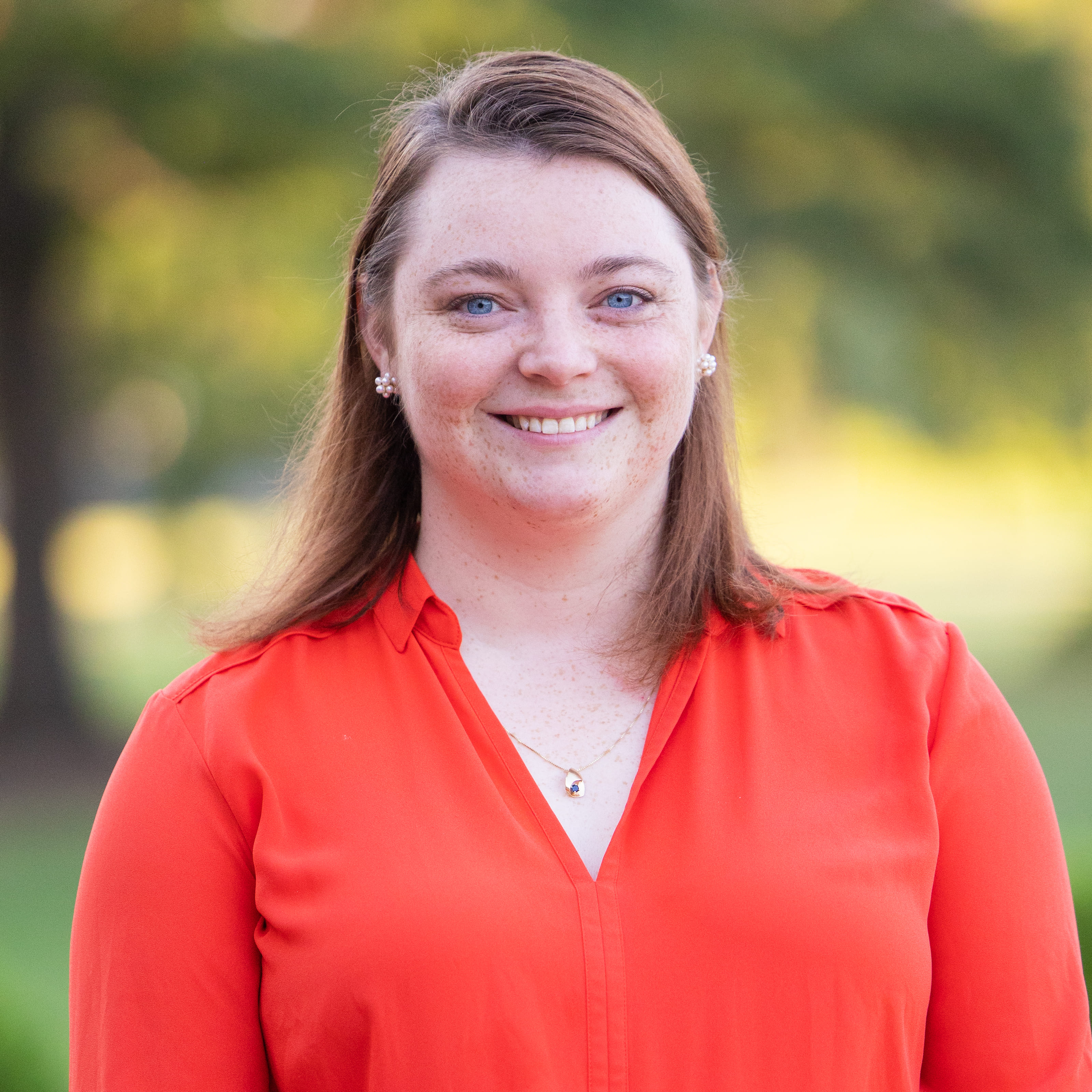Personality Disorders
Affective predictors of risky sexual behaviors among individuals with borderline personality traits
(PS7-71) Affective Predictors of Risky Sexual Behaviors Among Individuals with Borderline Personality Traits

Katherine E. Hein, M.S. (she/her/hers)
Graduate Student
Oklahoma State University
Stillwater, Oklahoma, United States- CR
Craig Rodriguez-Seijas, Ph.D.
Assistant Professor
University of Michigan
Ann Arbor, Michigan, United States - SM
Stephanie N. Mullins-Sweatt, Ph.D.
Professor
Oklahoma State University
Stillwater, Oklahoma, United States
Author(s)
Co-Author(s)
Impulsivity is a key characteristic of borderline personality disorder (BPD). Impulsivity may take many forms including engaging in unsafe or risky sexual behaviors (RSB), which place an individual at increased risk of adverse physical or mental health consequences. Among people with BPD, RSBs are particularly prevalent. Previous research suggests that the connection between RSBs and BPD may be driven by affective dysregulation. The present study aimed to clarify the role of changes in negative affect, positive affect, and difficulties in emotion regulation in engagement in RSBs in a sample of individuals with BPD traits using ecological momentary assessment. We also sought to determine if these relationships differed by sexual orientation and gender identity. Undergraduate psychology students (n=57) and community-based participants meeting clinically significant criteria for BPD (n=87) part of a larger EMA study of components of emotion regulation completed self-report measures to measure emotion regulation difficulties and a 10-day or 14-day EMA survey protocol in which participants completed surveys approximately two hours apart reporting on engagement in RSBs and changes in affect. To examine predictors of RSBs, multilevel logistic regressions were completed for the overall combined sample and for sexual minority individuals. Overall, increases in positive affect at the time an RSB was reported, having a higher level of mean positive affect, greater difficulties accessing emotion regulation strategies perceived as effective, and older age predicted increased odds of engagement in RSBs. Neither lagged positive affect nor negative affect before or after the RSB was reported were significant. Among sexual minorities, none of the hypothesized factors significantly predicted increased odds of engagement in RSBs. Results suggest that for heterosexual individuals high in BPD traits, engagement in RSBs may be driven by a lack of strategies to cope with distress rather than experiencing upticks in negative or positive affect prior to engagement in a RSB. A limitation of this work is that the spacing of surveys may not have been granular enough to capture changes in affect. Additionally, the comparatively small number of sexual minority individuals compared to heterosexual individuals may have contributed to the lack of significant findings for the relationship between RSBs and affective changes among sexual minorities. Future research should use burst designs as well as examine the impact of other factors on RSBs in individuals with BPD like impulsivity and other elements of difficulties in emotion regulation.

.png)
